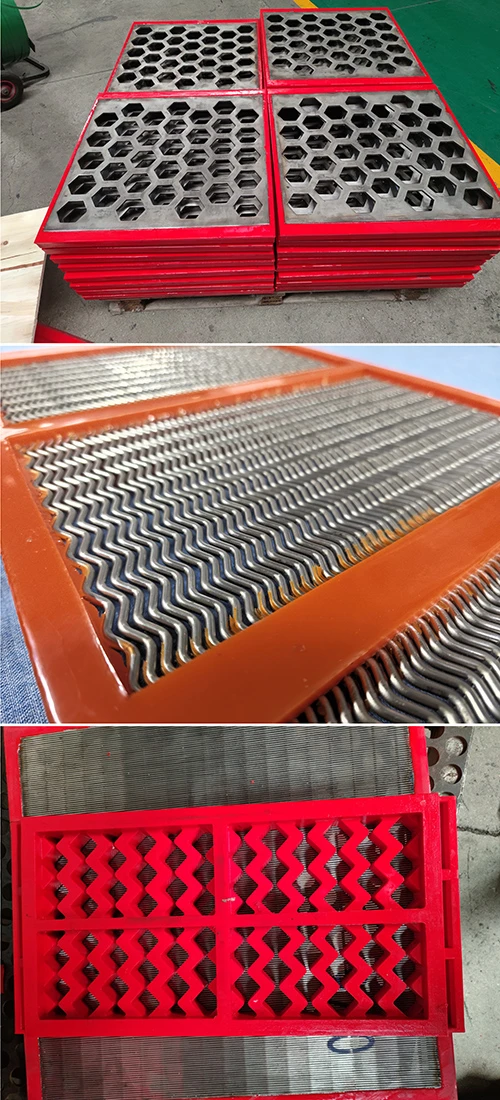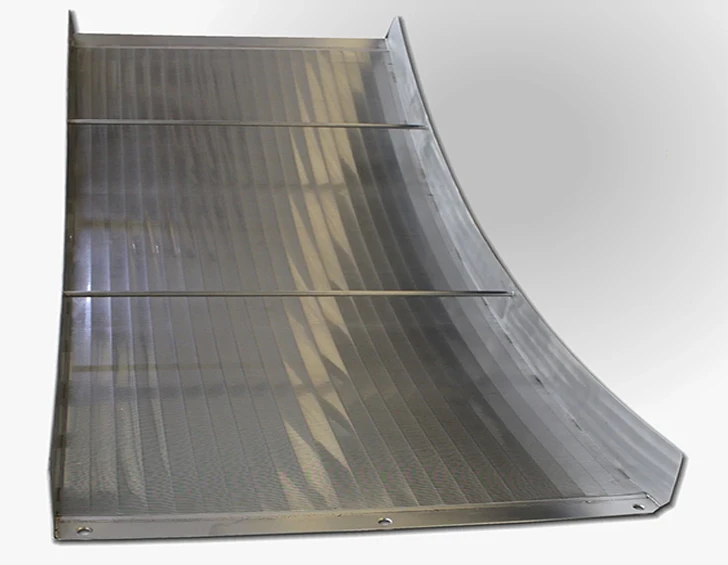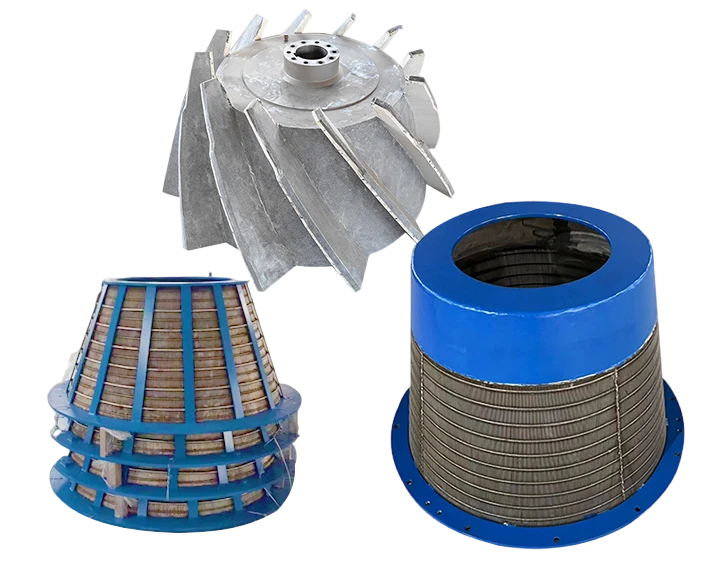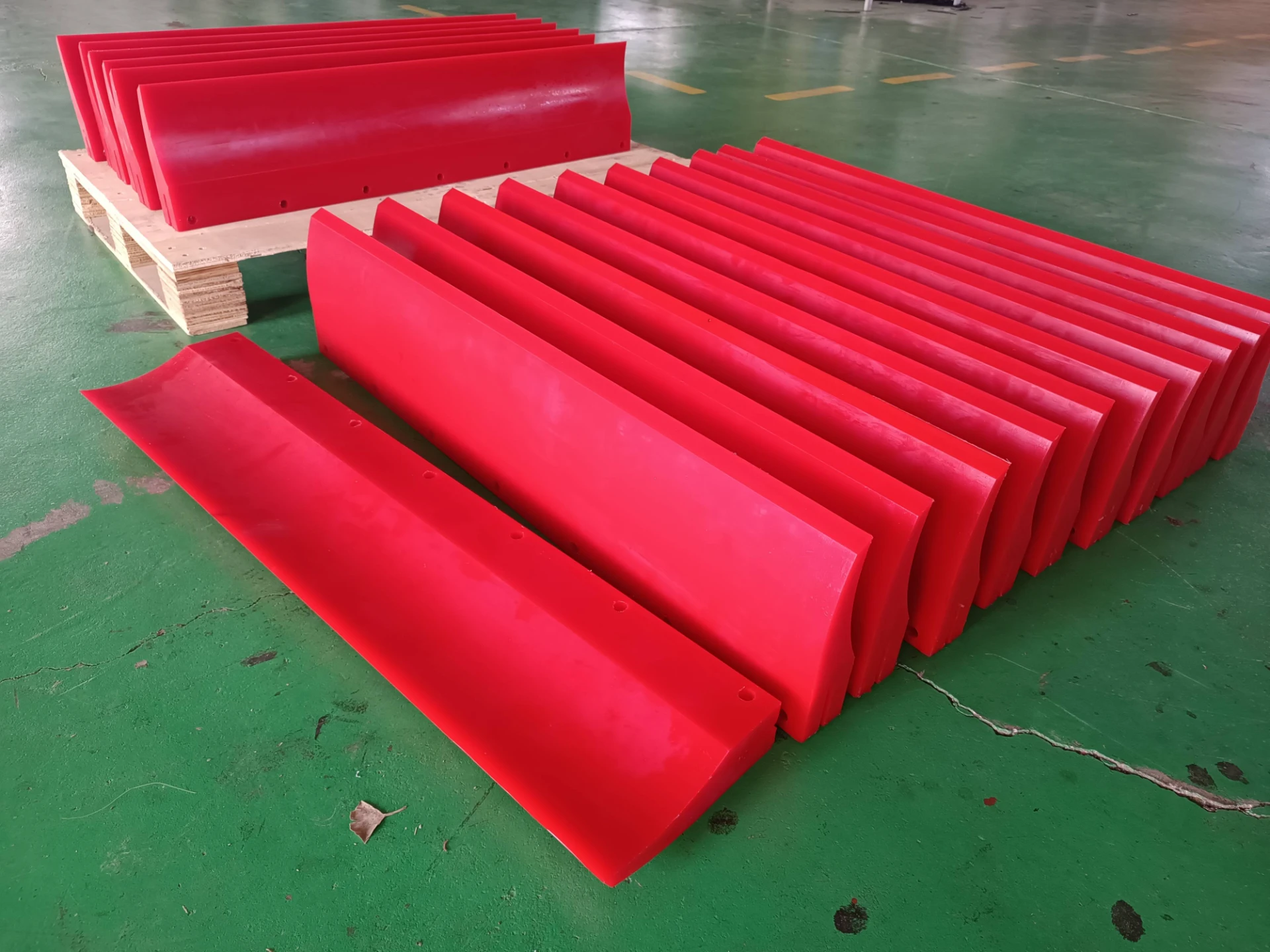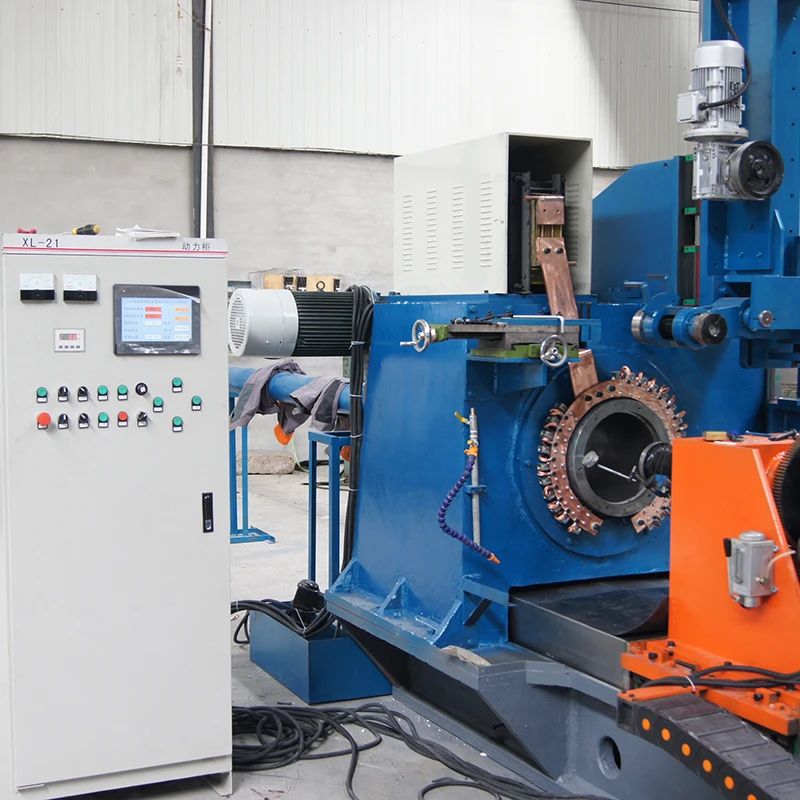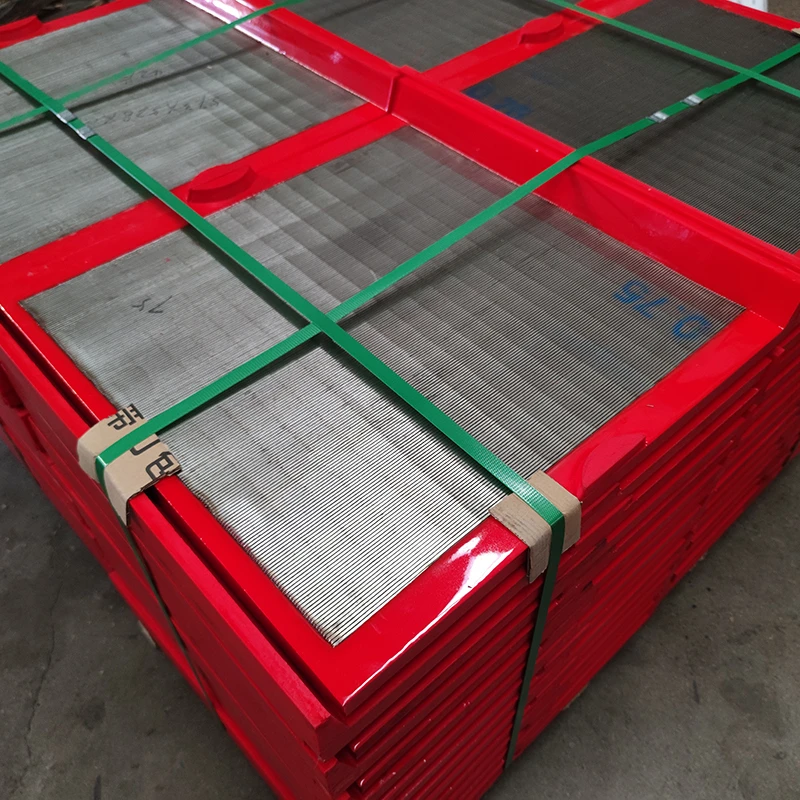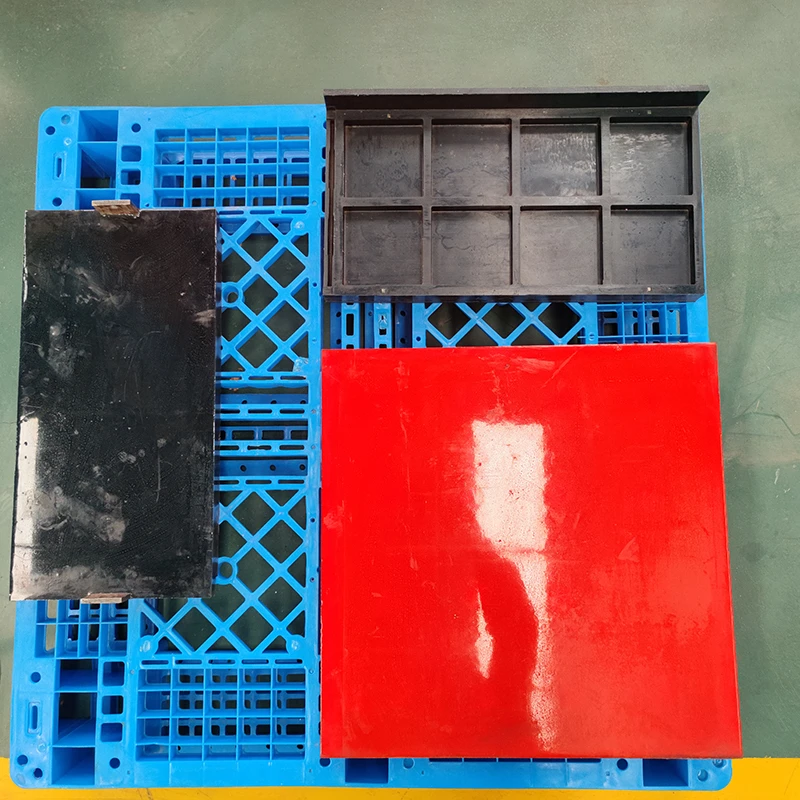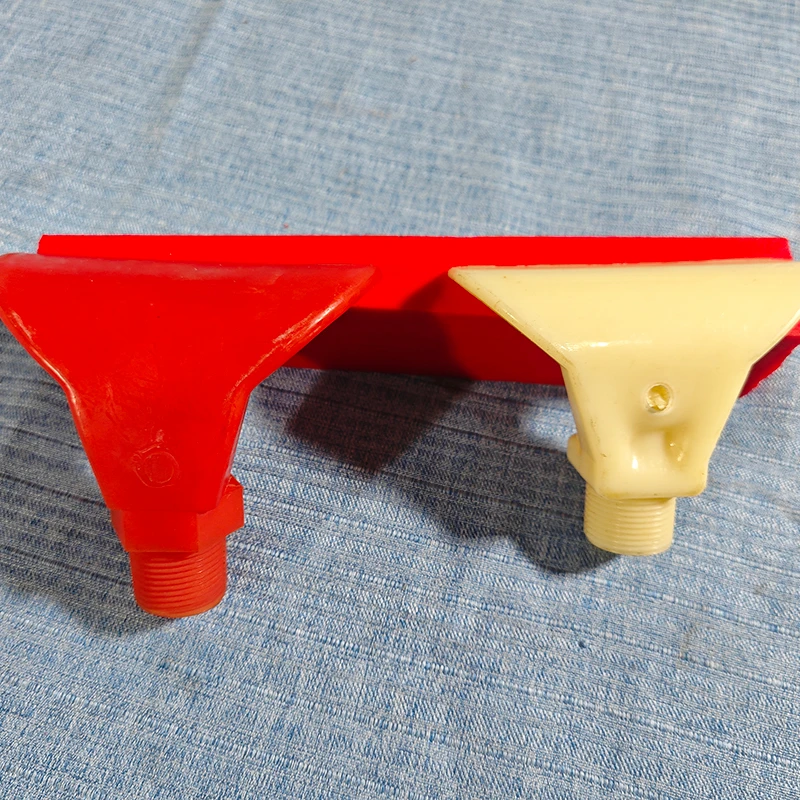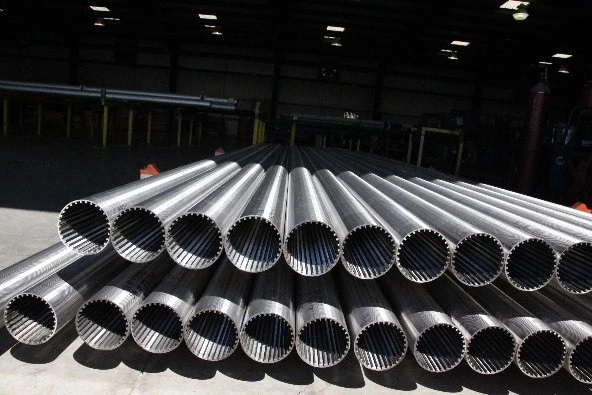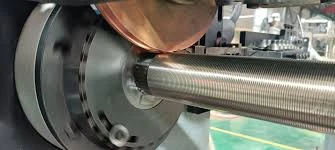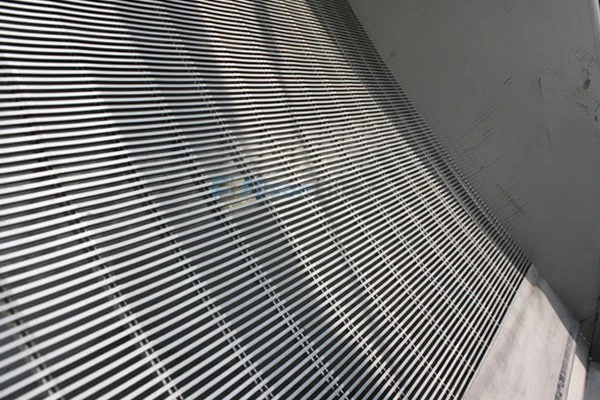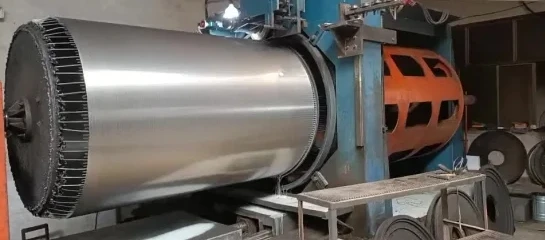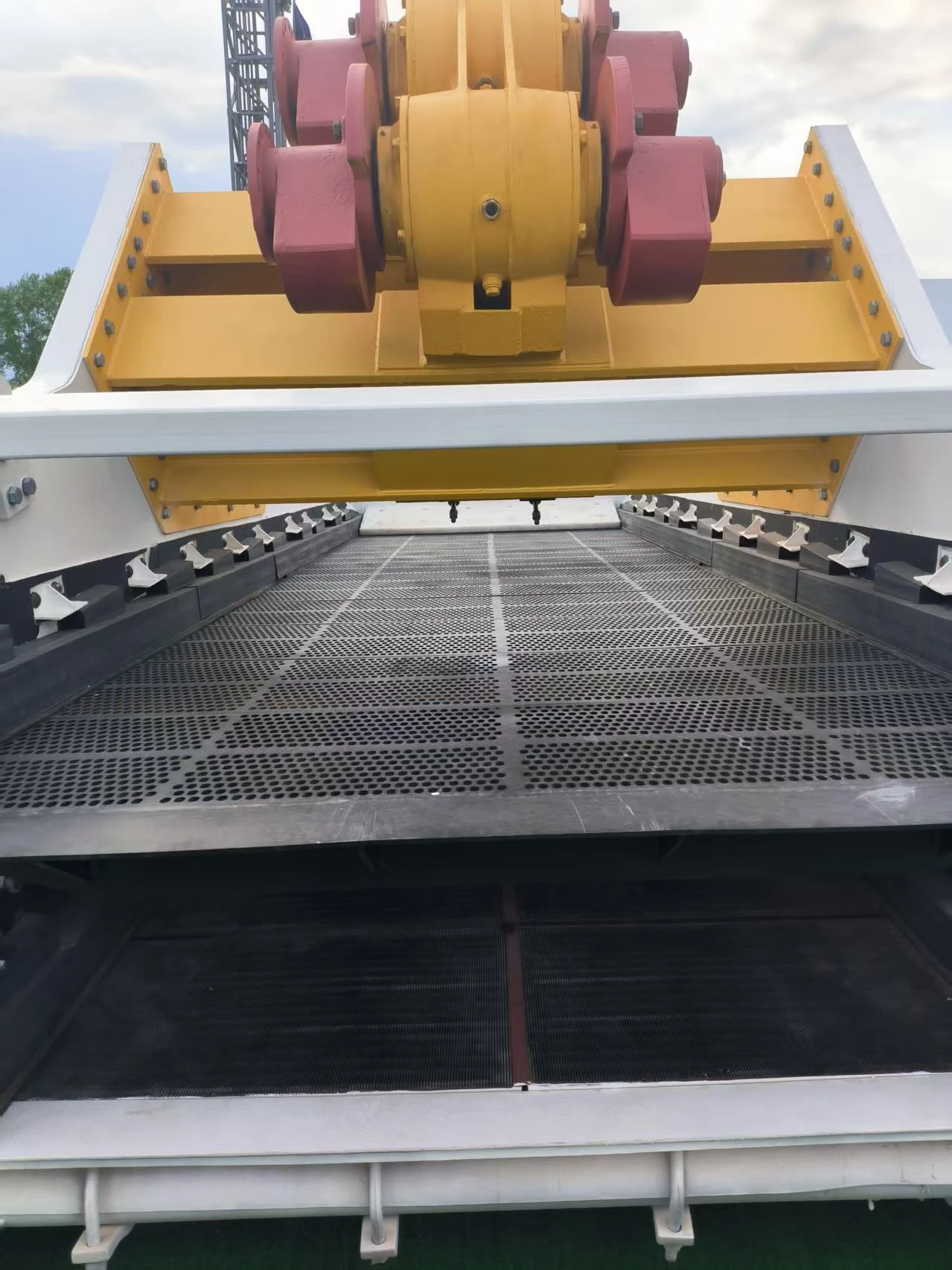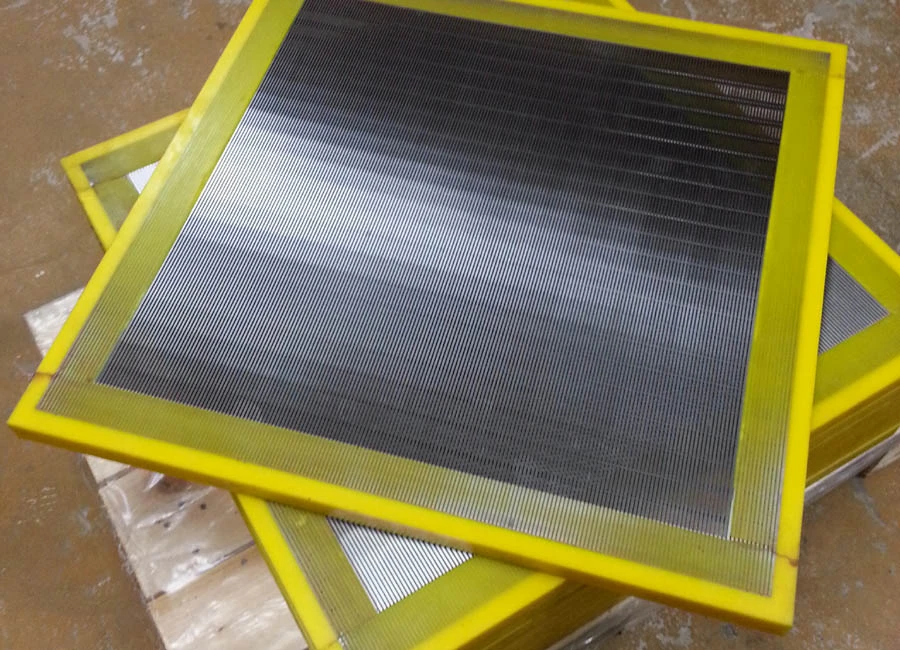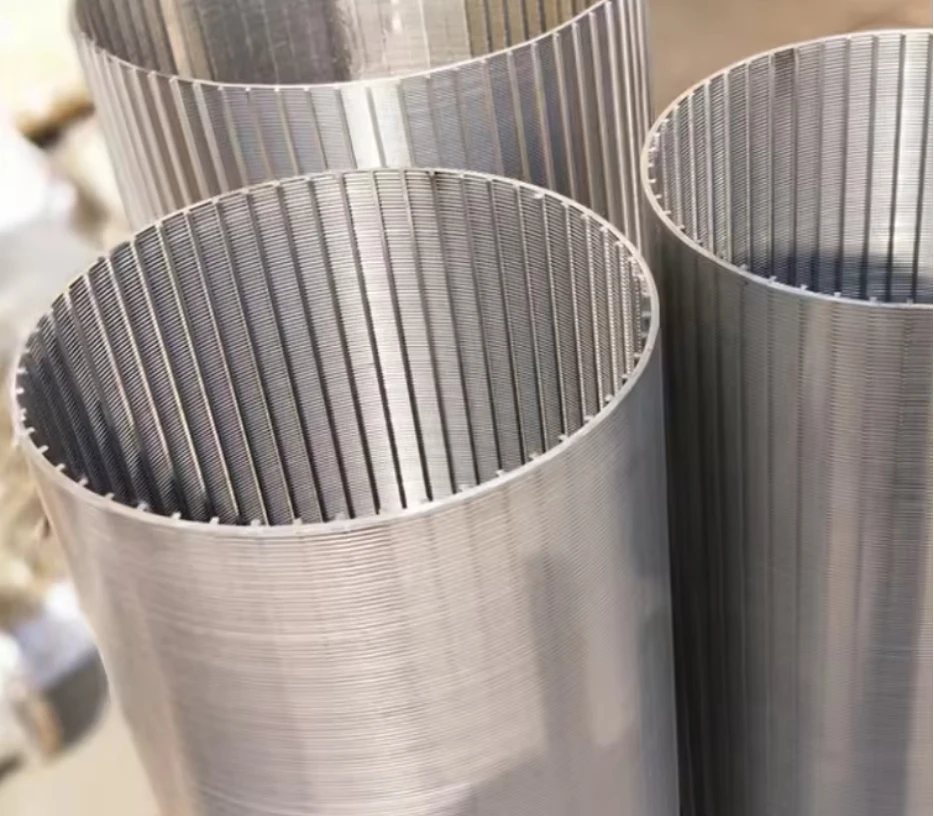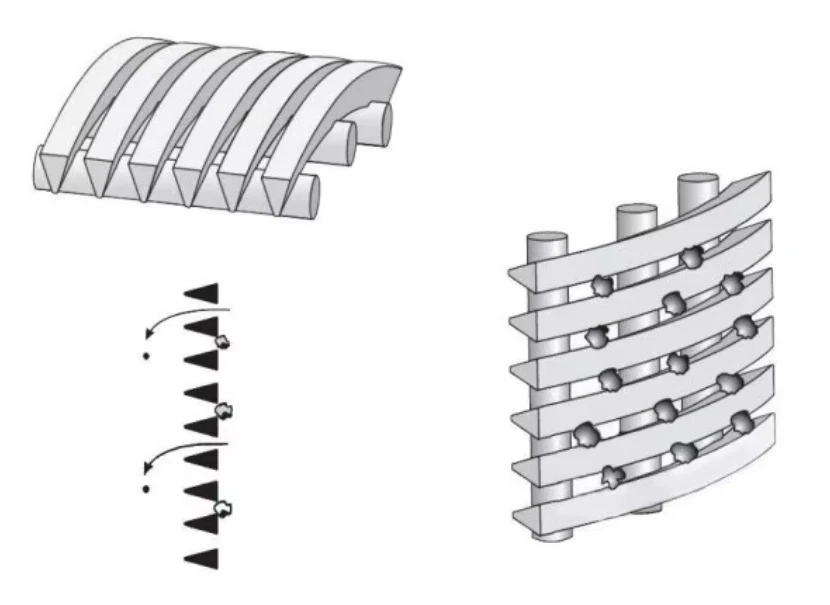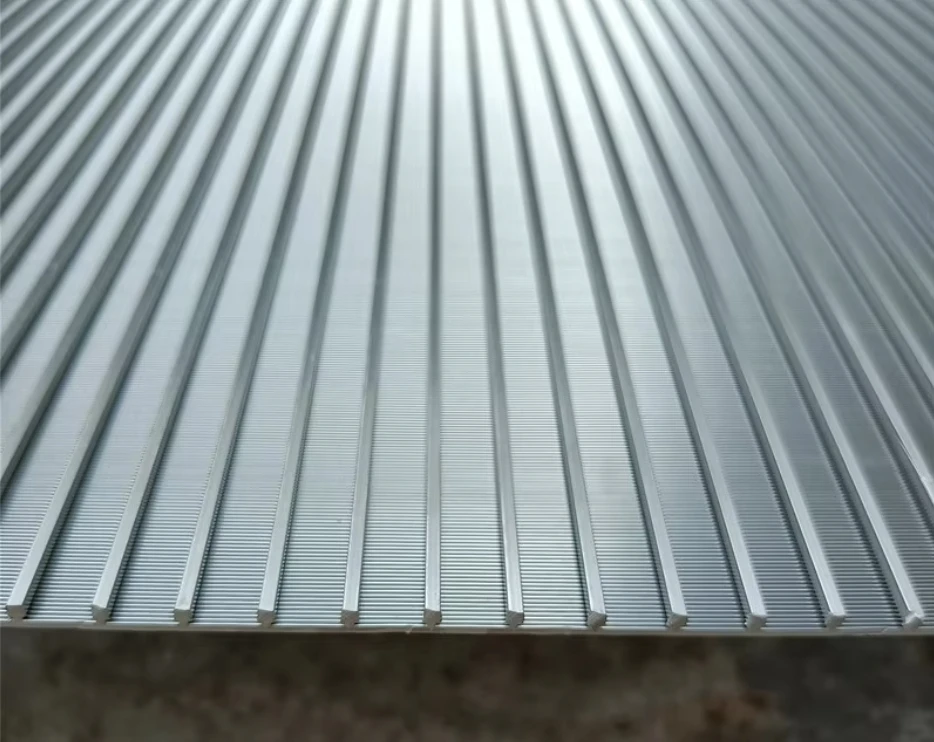In the process of industrial development, Well Screens play a crucial role as indispensable filtering media in fields such as water treatment, mining, and oil and gas extraction. Its unique design and functionality provide reliable filtering support for various industrial operations, effectively improving production efficiency and quality.
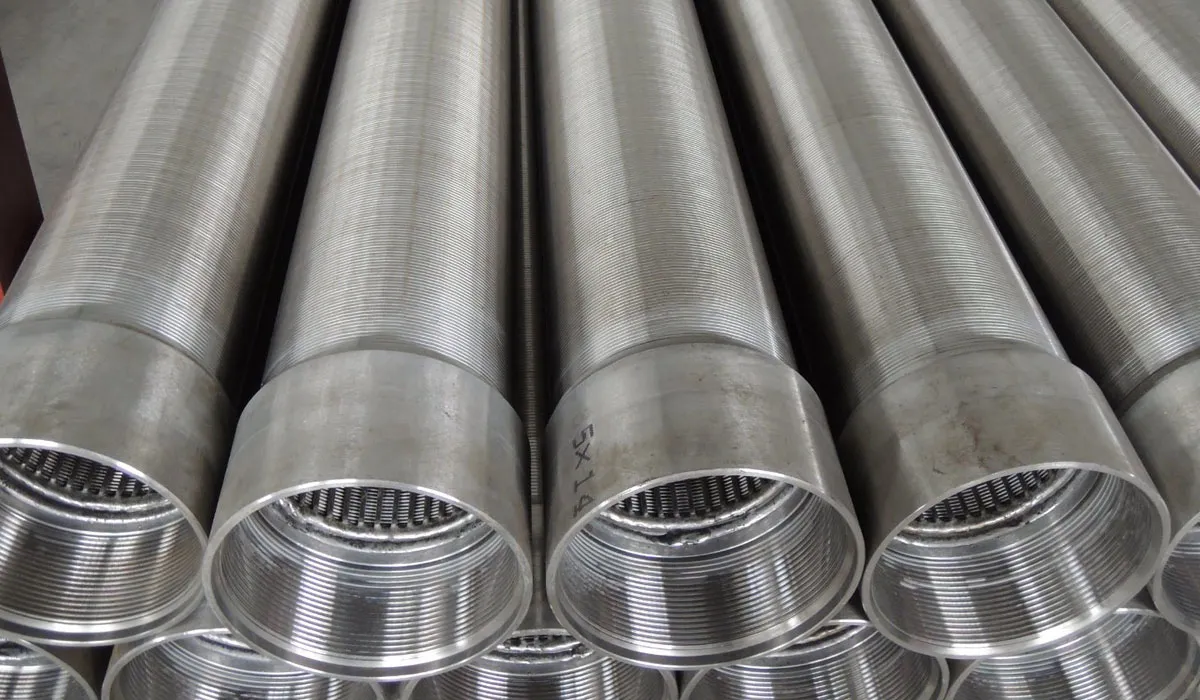
The working principle of Well Screens is based on physical filtering mechanism
Well screens and gravel packs intercept solid particles and impurities in the fluid through evenly distributed sieve holes or gaps on the sieve tube, allowing fluids that meet particle size requirements to pass through, thereby achieving solid-liquid separation. In water treatment, Well Screens can effectively block impurities such as sediment and suspended solids, purifying water sources; During mining and oil and gas extraction, it can prevent sand and gravel from entering the pipeline, ensuring the safe and stable operation of production equipment.
Compared to other filtering devices, Well Screens have significant advantages
Firstly, it has high filtration accuracy and can customize sieve tubes with different pore sizes according to different industrial needs to meet precise filtration requirements; Secondly, it has strong durability and is often made of high-strength and corrosion-resistant materials such as stainless steel and carbon steel, which can work stably for a long time in complex and harsh working conditions; Thirdly, the installation and maintenance are convenient. The modular design makes it easy to install and disassemble stainless steel well screens, resulting in low maintenance costs and effectively reducing downtime.
A complete Well Screens system typically consists of sieve tubes, supporting frames, connecting components, etc
The sieve tube is the core component responsible for the main filtration task; The supporting skeleton provides structural support for the sieve tube, enhancing its overall compressive strength; The connecting components are used to achieve stable connections between various components, ensuring the normal operation of the system. The various parts work together to form an efficient and stable water well screens filtration system.
Well Screens are widely used in the industrial field
In the water treatment industry, it is used for water well and groundwater intake projects to ensure pure water quality; In mining operations, it can prevent mineral sand from blocking pipelines and ensure smooth slurry transportation; During oil and gas extraction, it can effectively filter out impurities such as rock debris in the formation, avoid damage to downhole equipment, and improve extraction efficiency.
Wedge wire screens, with their scientific filtering principles, outstanding performance advantages, reasonable structural composition, and wide range of application scenarios, have become efficient and reliable filtering guardians in the industrial field. Well Screens provides stable filtering solutions for different industrial production processes, effectively ensuring the smooth progress of industrial production. With the continuous development of industrial technology, Well Screens is expected to continuously innovate and upgrade in materials, structures, and other aspects, bringing greater value to more industrial fields.
Well Screens FAQs
What is the main function of Well Screens?
Well screens are filtration devices installed in drilling or wellbore, mainly used to prevent solid particles such as sand and gravel from entering the well, while allowing liquids (such as water, oil, or gas) to pass smoothly. Well Screens can protect pumps and other equipment from wear and maintain long-term stable flow.
What are the common materials for Well Screens?
Common materials include stainless steel, low-carbon steel, PVC (polyvinyl chloride), and fiberglass. Stainless steel has strong corrosion resistance and is suitable for high salinity or acidic environments; PVC has low cost and chemical corrosion resistance, and is commonly used in water treatment; Fiberglass is used in highly corrosive environments, such as acidic mine water.
How to choose the gap size for Well Screens?
The size of the gap needs to be selected based on the particle size distribution of the target formation (determined through screening experiments), usually requiring blocking more than 90% of the sand particles. A gap that is too large can lead to particle invasion, while a gap that is too small can easily cause blockage. For example, water wells often have gaps of 0.2~2mm, while oil and gas wells may have smaller gaps.
What are the installation methods for Well Screens?
Common installation methods include:
WireWound: Metal wire wrapped around the skeleton, with uniform gaps and strong compression resistance;
Punched: directly punching holes on steel pipes, low cost but easy to block;
Bridge Slot: Complex gaps are formed through laser cutting with high precision, suitable for high flow scenarios.
How to maintain Well Screens after blockage?
Blockage may be caused by chemical precipitation (such as calcium deposits), biofilm, or accumulation of fine particles. The maintenance methods include:
Physical cleaning: high-pressure water gun or air pulse flushing;
Chemical treatment: Injecting acid (such as hydrochloric acid) to dissolve mineral deposits, or using fungicides to remove biofilms;
Mechanical sand removal: Use specialized tools to scrape off sediment on the inner wall.


